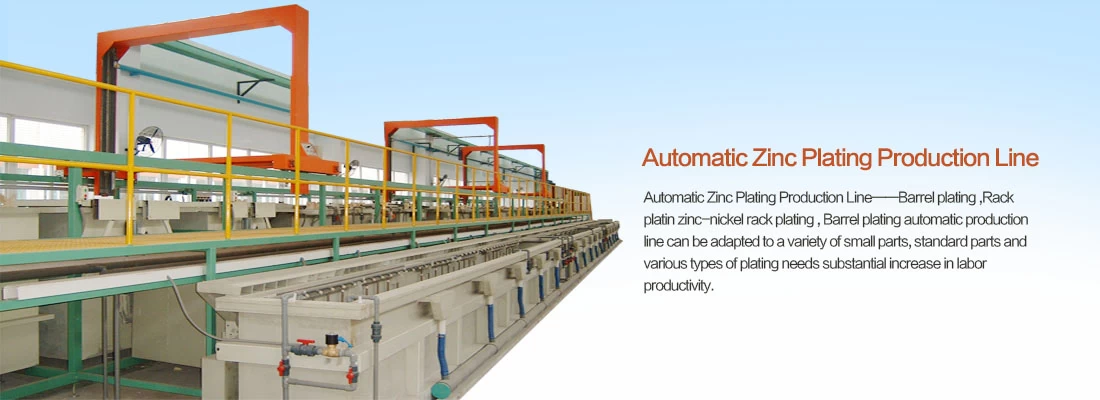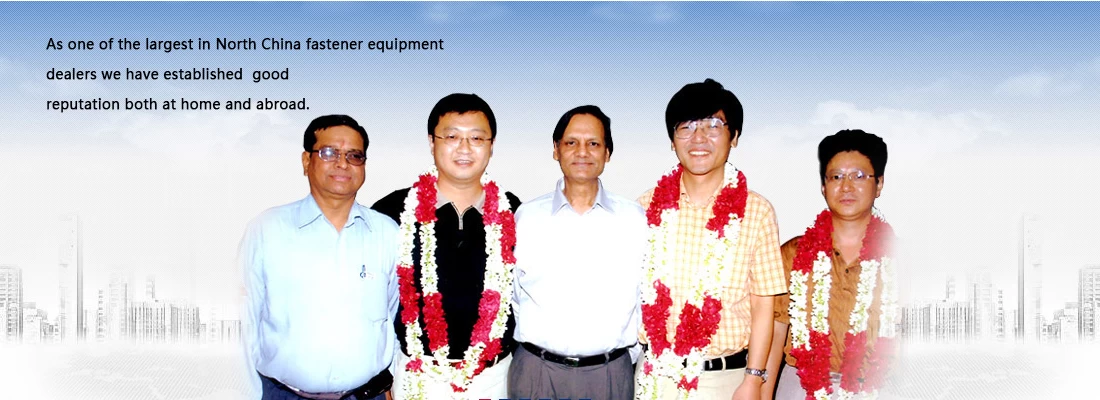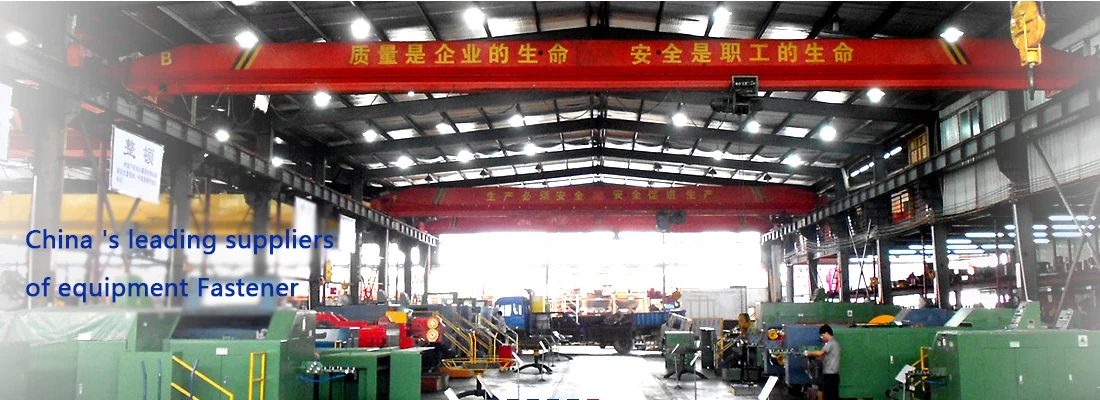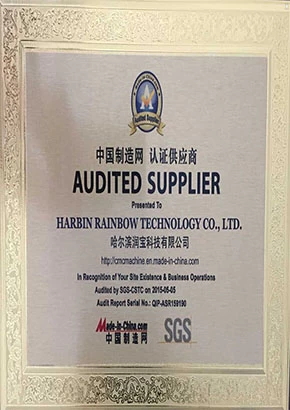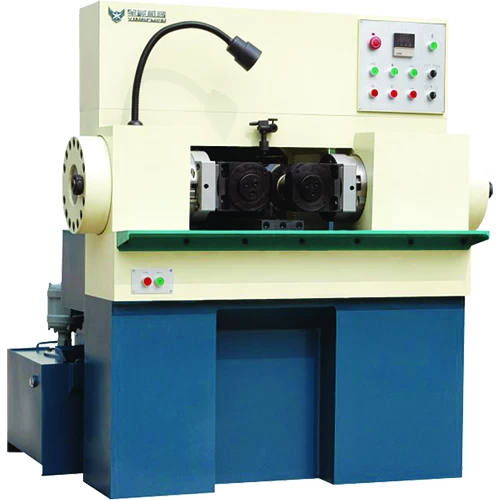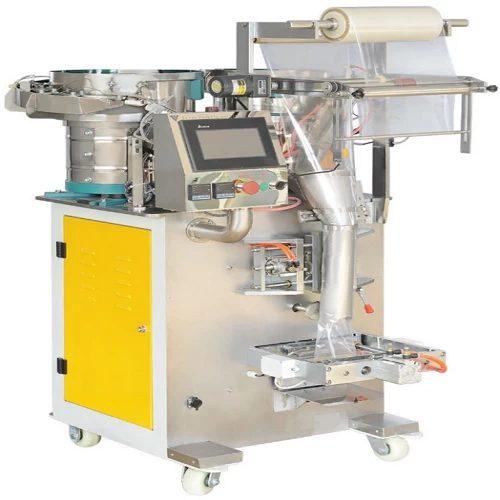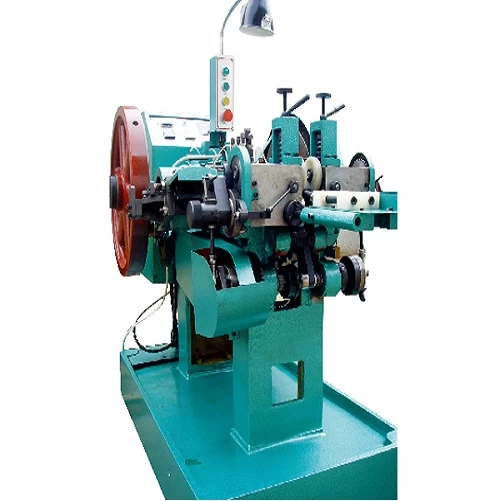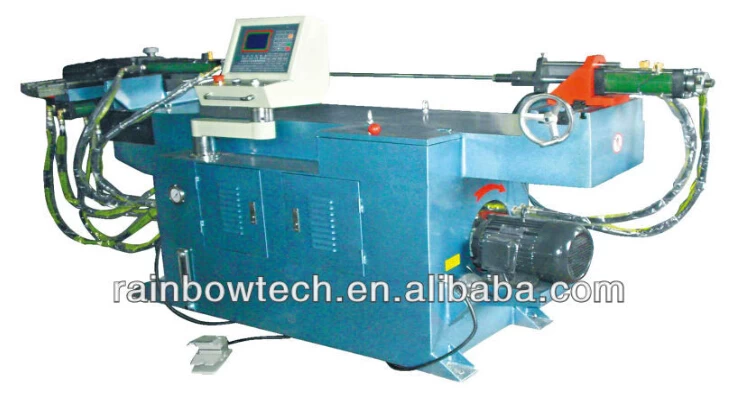Differences Between Cold Forging and Hot Forging
The table below summarizes the differences between cold forging and hot forging.
processing method Cold Forging Hot forging
Temperature normal or average or fixed temperature 900-1,200°C (above recrystallization temperature)
feature High deformation resistance Small dimensional change Low deformation resistance Large dimensional change and poor accuracy after machining
Advantages High accuracy can be achieved. Capable of processing large items
Disadvantages Molds are prone to wear and tear Secondary processing is required, which is costly.
Main Products Relatively small screws, bolts, nuts, washers, etc. Relatively large high-pressure valves, pumps, cylinders, etc.
As shown in the table above, the key point is to choose cold forging when high precision is required for small products and hot forging when mass production of large products is desired.
However, it may vary depending on the product type, material, shape, required accuracy, etc. Please consult with a specialist first.



